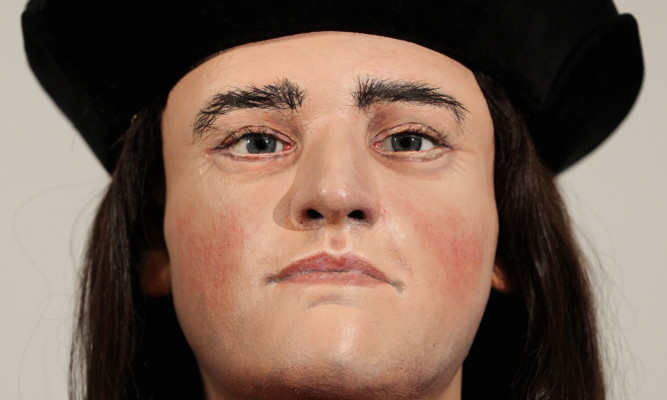A facial reconstruction of King Richard III is going on display in Leicester’s Guildhall on the first stop of a nationwide tour.
The model, which goes on display on Saturday, was commissioned by the Richard III Society and made by Professor Caroline Wilkinson and the forensic art team at Dundee University.
It was made using a 3D printing technique called stereolithography, and details such as the style and colour of his hair were taken from near-contemporary portraits.
Archaeologists discovered the body of King Richard III under a car park and they plan to exhume a 600-year-old lead-lined stone coffin found nearby.
Leicester University Archaeological Services have applied to the Ministry of Justice for an exhumation licence and to Leicester City Council to extend their dig to discover more about the Church of the Grey Friars where King Richard III was buried.
In February teams revealed that remains found under the city car park were “beyond reasonable doubt” those of the last Plantagenet king.
Experts want to examine the second discovery found near the site and said the stone coffin potentially contains the 14th century remains of a medieval knight called Sir William Moton.
He is believed to have been buried at Grey Friars Church in 1362 – more than a century before King Richard III.
